|
The rules and regulations regarding building and designing for fire safety are outlined in the Building Act 2004.
One of the main goals of the Building Act is that people who use a building can escape from that building if it's on fire. For this reason, the Act requires that Building Consent Authorities (BCAs) send certain building consent applications to Fire and Emergency New Zealand for comment. The engineering unit of the Fire and Emergency New Zealand reviews these applications and provides a memorandum back to the BCA before any building consents are granted. You can find more information about your obligations when building and designing for fire safety in our guide to owner responsibilities. Building owners in New Zealand are obligated to take a number of fire safety precautions. For more information, refer to the Fire Safety and Evacuation of Buildings Regulations 2006. Fire fighting and smoke detectionSome form of fire detection and suppression system should be provided in all commercial premises.We strongly recommended that first aid fire-fighting equipment, namely fire extinguishers and hose reels, be provided in all commercial premises. Building occupants should be trained in how to operate this equipment correctly. It's important that all fire detection and suppression equipment is well maintained and clearly identified. Providing an evacuation procedureOwners of buildings listed in schedule 1 of the Fire Safety and Evacuation of Buildings Regulations 2006 must follow fire safety precautions and have an evacuation procedure in place. Tenants of the building are required to follow evacuation procedures in a fire emergency. Owners or tenants of certain buildings (described in paragraphs (d), (e), (j), (m), or (n) of Schedule 1) must have employees trained to assist occupants to evacuate. In addition to meeting part 1 of the Fire Safety and Evacuation of Buildings Regulations 2006, the owners of some buildings that meet certain conditions must have an evacuation scheme approved by Fire and Emergency New Zealand. Owners of these buildings must maintain their approved evacuation scheme by carrying our regular trial evacuations or implementing a training programme. You can find more information in our guide to evacuation schemes or on the online evacuation scheme website. Maintaining a means of escapeBuilding owners must maintain the means of escape from fire for the building. This means:
0 Comments
There are laws you need to comply with when you're building — whether you're hiring a builder or doing the work yourself. Building the house yourself If you want to build your own house and you’re not a licensed builder, you have to get an ‘owner-builder exemption’. Owner-builder exemption Getting a builder for your home Choose architects, project management, a builder and work out what consents you'll need. Building on an empty section is more complex than altering or renovating an existing house. It involves more paperwork and legal processes — whether you build from scratch or move a house onto the section. Buying a section Find out about:
Building your home Find out about:
Last Updated Page last updated: 25 January 2018 Ministry of Business, Innovation and Employment Hikina Whakatutuki They play a central role in shaping and delivering a strong economy by delivering policy, services, advice and regulation to support business growth. They:
Building or renovating is a highly complex undertaking, full of risk but with an abundance of reward if it all comes together.
Kiwis love their homes and we love to make them better, but managing the risks means having to do some homework around the rules and regulations and not just abdicating responsibilities to your building professionals. The hardwork starts here… If You’re Building This:
Building Industry Resources – from Websites to Product Listings You’ll also need to be in contact with your local council, you’ll need to make decisions around products for your home, keep on top of your budget, manage the building project even if you’re not the project manager. You’ll see contacts for industry organisations in case things don’t work out well, hints and tips around designs . We have an abundance of resources for your build in this website, from details on:
Design Guide Be sure to check out our Design Guide website – articles written by architects showcasing a project they’ve done. Our 2015-2 edition covers strategies for ‘affordable architecture’…check it out here… When buying your first home the big cost you focus on saving for is understandably the deposit. However, it’s also important to remember that there are other costs in the home-buying process and ensure you have money set aside to cover them.
LIM report A LIM report is a Land Information Memorandum report, and it is produced by the council which governs a property. It covers everything the council knows about the property, including important information like zoning, resource consents, whether the property or any trees on it are protected, and a lot of other relevant information. It is important to get a LIM report for any property you are interested in buying, and to look it over with your lawyer. The cost of a LIM report depends on the council which issues it, but is generally between $250 and $400. Building inspection A pre-purchase building inspection is a top-to-bottom, non-invasive visual inspection of a property. The inspection is to identify any significant defects, overdue maintenance, possible future problems, poor building work, or other areas of concern. While an inspection can’t detect every problem with a house, it is important to get any house you are interested in inspected to spot if there are likely to be expensive issues down the track. While there are no formal qualifications or training required to be a building inspector, the New Zealand Institute of Building Surveyors is an organisation that specialises in coordinating and regulating pre-purchase building inspectors. Using an inspector who is an NZIBS member is a good way of ensuring your inspector knows what they are talking about and uses the official forms. A building inspection usually costs between $450 and $1,200, depending on the house and the quality of the inspector. Legal fees A lawyer is a necessary part of the home-buying process, but they can be costly. Depending on the lawyer or firm you use you may pay an upfront fee or by the hour. These fees usually start at around $1000 and can extend to over $2000. Loan application fees Some lenders charge loan application fees of around $400, but this will depend on which lender you end up going to for your mortgage. Home insurance All lenders will require you to insure your property as a condition of your mortgage. The cost of this is based on the value of your house. It’s also a good idea to look at mortgage protection insurance and life insurance as well. These things are all worthwhile to have but can become expensive. Registered property valuation A registered property valuation is when a registered property valuer makes a determination of the market worth of the house or property. The valuer comes up with the worth of the house by doing a thorough inspection of the property, looking at zoning and resource consents, and analysing the market and other comparable house sale statistics. Most lenders will require a registered valuation before they issue a mortgage, as they need to know how much the house is worth and how much they can loan you. A property valuation costs around $600 to $1000 depending on the size and location of the property. Types of ownership Freehold House and land, you own the whole thing. Leasehold You own the house or apartment, but you don’t own the land – instead you pay yearly to lease it. There are different types of leaseholds, but a commercial leasehold is the one you should be most cautious about. Many apartments are operated on commercial leaseholds, and advertise a very low leasehold rate for the first year – then the next review comes and the price goes up by 100%. The important things to find out are how long it is till the next leasehold review and how much the increase is likely to be. Banks will often loan less money towards a leasehold property than freehold. Cross-lease This was a popular way of subdividing property a few decades ago. Essentially you own a share of a freehold title. There may be conditions on the title as to what you can do with your house, and your neighbours might have to approve any renovations – so it’s worth getting a lawyer to review the title. Strata or unit title This type of ownership is common for townhouses and apartments. You have ownership of your unit and an undivided share of any common areas. You will have to pay body corporate fees to fund the upkeep of those common areas, plus things like building insurance. Welcome Home Loan The Welcome Home Loan is offered by specific lenders and supported by Housing New Zealand. It is designed to assist people who can make the payments on a mortgage but are having difficulty saving a large deposit. With a Welcome Home Loan, you only need a 10% deposit, and your loan is underwritten by Housing New Zealand. To be eligible for the loan you need to meet all of the criteria for the HomeStart grant, except for being a KiwiSaver member, plus the specific lender’s borrowing criteria. KiwiSaver HomeStart grant Along with being able to withdraw money from your KiwiSaver account, members are eligible for a grant of up to $5000 each if you meet the following criteria: · Have contributed at least 3% of your income to KiwiSaver for at least 3 years. · Have 10% deposit including the grant. · Have a before-tax income of less than $85,000 for one person, or less than $130,000 for two or more people, in the 12 months prior to applying. · Be planning to live in the house for six months after purchase. · Be buying a house under $600,000 in Auckland, $500,000 in other major metropolitan areas, or $400,000 throughout the rest of New Zealand. · Or be building a house worth under $650,000 in Auckland, $550,000 in other major metropolitan areas, or $450,000 everywhere else. If you qualify you are eligible for $1000 per year you have been in KiwiSaver, up to a maximum of $5000. If you’re buying with another person and are both eligible you can get up to $10,000 in total. If you’re buying a new-built house, or building a new house, you are eligible for $2000 per year you have been in KiwiSaver, up to a total of $10,000, or $20,000 if you’re buying with another person. 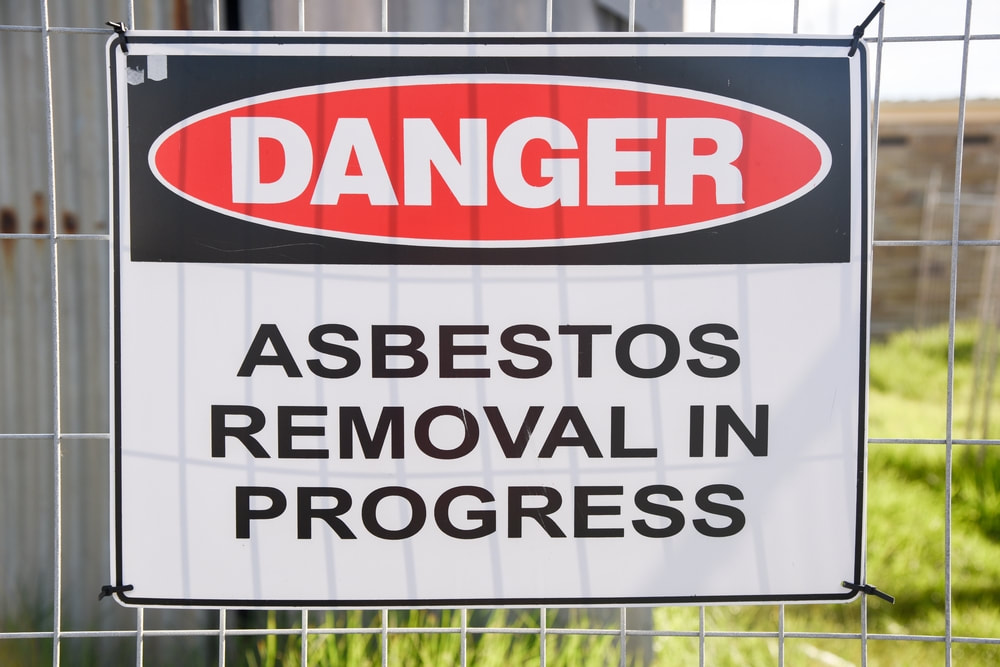 WORKPLACE HEALTH AND SAFETY Asbestos is New Zealand's primary reason for workplace death. The government points out that close to 170 people die every year from asbestos-related diseases. With so many casualties, there is no surprise that the Health and Safety at Work Act that came into force has changed the way workers manage asbestos if they come into contact with it. However, this change could catch a number of people off guard. Health and safety in the workplace can be impacted by asbestos-containing materials. What responsibilities do workers and business have? Asbestos is a grouping of materials that were commonly used up until the 1990s. It was a favoured building material due to its strength, durability and resistance to both fire and water. As a result of its versatility, it was used for a number of different applications and can be found in a wide variety of locations. These include roofs, ceilings, external cladding and eaves. Due to health risks that asbestos presents, the government introduced the Health and Safety at Work (Asbestos) Regulations 2016. The new regulations ensure that all workers and the person conducting a business or undertaking (PCBU) are aware of their responsibilities. For example, if a PCBU is unsure as to whether asbestos is present within a workplace, Section 48 determines that it is the PCBU's responsibility to ensure an inspection and analysis of a sample is conducted. What obligations do workers and companies have? Managing asbestos removal Alongside changes to the structure of workplace health and safety, the new regulations also introduce a new licensing system for asbestos removal. The system divides removal into two licenses. Class A allows any type or quantity of asbestos or asbestos-containing material (ACM) to be removed. This includes friable asbestos and ACM, asbestos-contaminated dust or debris (ACD) and non-friable asbestos. Class B only allows for the removal of non-friable asbestos or ACM or any amount of ACD. Alongside this, from April 2018 the government will require PCBUs who engage in the removal of asbestos to have an asbestos assessor's license. An assessor will provide air quality monitoring while removal work is being undertaken, investigate the finished job and sign off on it. For PCBUs, if they commission the removal of asbestos it is their duty to make sure that the work is completed by a licensed removalist. One of the major problems that comes with asbestos removal is coordinating with the multiple PCBUs that are typically involved in a project. With traditional paper-based systems, it can be hard to communicate responsibilities and activities among workers and construction companies. One way to overcome this is through the use of safety software that is mobile applicable. If you would like to learn more about how asbestos removal and safety apps can work together. ANNUAL CONFERENCE “EXPECTATIONS” Friday 27th July 2018 Jet Park Hotel Auckland Airport 63 Westney Road Mangere Auckland Airport This year’s Annual Conference will focus on the broader Expectations of those providing services to involved in the buying and selling of properties. All to often the various parties to the sale and purchase transaction work independently when there is clear a common interest that would benefit from a more col- laborative approach to ensure that this process runs smoothly from start to finish. While there will always be disagreements (this is a ne- gotiated settlement process between the parties in- volved) ultimately all those involved must come to an agreement for a successful conclusion. Understanding the requirements and expectations of those involved will help lessen the potential conflicts resulting in a faster smoother transaction. So what are the expectations of those involved — the banks, the real estate agents, insurers or other special- ist sectors — that provide services to buyers and sellers from the building inspector? That’s the question the Institute is asking at this year’s Annual Conference. If you wish to attend and hear what these groups have to say please complete the attached registration form and return it with payment as directed.New Zealand Institute of Building Inspectors Inc P.O. Box 4161 Kamo Whangarei 0141 Tel/Fax: 09-435 4255, Mobile: 021-0261 7553 Email: neville.scott@xtra.co.nzFriday July 27 2018 Venue Housing and Urban Development Minister Phil Twyford has revealed the criteria for buyers to qualify for KiwiBuild homes.
OPINION: Kiwibuild's income criteria are so broad that most households will qualify. The result is a policy aimed firmly at the middle and high-income earners or New Zealand. Kiwibuild need not be a failure, if it manages to build more homes without disrupting current supply, and improves construction sector capacity to build more and better homes. But Kiwibuild will not build houses for home ownership for low-Income households. Rather, it is aimed at middle and relatively high-income households: a single person with income of $120,000 and a couple's income of $180,000. A generous income cap was unavoidable. Houses built to sell need people with incomes to service a mortgage and who have already saved a deposit. Realistically, a low-income household doesn't meet those criteria. READ MORE: * KiwiBuild registration: Close to 6000 people want in * KiwiBuild: Couples earning up to $180k will be able to buy homes * Why the Government is letting the rich buy KiwiBuild homes If KiwiBuild wanted to improve housing conditions for low-income households it would have focussed instead on boosting state housing, community housing, build-to-rents (that is, build new homes for the exclusive purpose of renting them out) and assisted ownership (like the shared equity programme run by the likes New Zealand Housing Foundation). ADVERTISEMENT If it really wanted to make KiwiBuild houses affordable to buy for low-income households, the houses needed to be much cheaper. Because land is the largest part of a home's cost, KiwiBuild would need houses on well-organised leasehold land. A good long-term lease over say 70 or 100 years is doable for the government. Last year, Austria borrowed for 100 years at 2.1 per cent. Interest rates have moved up since then but they are still more affordable than paying for land upfront. If the land was leased at the servicing cost of a 70 or 100-year bond rather than the upfront cost of land, many more lower-income households would have qualified. The upfront cost of a $600,000 home would halve, and the cost of lease would be modest. It would require outside-the-box thinking and public service innovation. Not much sign of that around KiwiBuild yet. There are other ways KiwiBuild can help, by boosting supply, building types of houses that would otherwise not be built, and building capacity in the construction industry. KiwiBuild plans to build 100,000 houses in the next decade. We already build around 200,000 a decade. The trick will be to ensure KiwiBuild doesn't just cannibalise houses we would have built anyway. CHRIS MCKEEN/STUFF Shamubeel Eaqub: "If it really wanted to make KiwiBuild houses affordable to buy for low-income households, the houses needed to be much cheaper." It is possible for the government to boost supply. We did that in the 1950s, when the government built state houses, but only in modest numbers. The biggest increase came from long contracts government entered into with builders and a guarantee to buy new subdivision houses at an agreed discounted price. Builders confident of income from other sources and a guaranteed buyer at a minimum price built more spec houses and had plenty of motivation to innovate to keep costs under control. Costs are going to be a big issue for KiwiBuild, because our construction sector is not very efficient. Productivity in the sector has not improved much in the last 30 years. A big increase in construction would need to bring in perhaps 50,000 more builders at the peak. That will take time to train people here or bring in workers from overseas. Alternatively, we can look to more prefabrication and structural insulated panels. By building in factory methods, construction costs will come down and homes will be built much faster. Sweden effectively did this with its million-homes programme that started in 1960s. However the houses are built they should aim to fill gaps in the market. Currently we do not build enough medium-density and small homes. KiwiBuild should aggressively increase supply of these kinds of homes. We should also build homes to a better standard. In a research report I wrote for the Green Building Council, it was clear that the running costs of a high-quality home is lower than those built at the current building code. It would make it easier for households to repay their mortgage if we built more energy-efficient and well-ventilated homes. KiwiBuild will not help low-income households buy homes. But it can still help if it manages to build more small, dense and high-quality homes. It could still improve by selling a portion to institutional long-term landlords like in Europe, but that doesn't appear to be part of the mix. The long-term fixes for low-income households are still through more state houses, better rental policies and mass reform of land supply and infrastructure financing. Shamubeel Eaqub is an independent economist. KIWIBUILD TRACKER Labour promised 100,000 new homes in 10 years. Its first deadline is 1000 built by July 1, 2019. NEW POOL SAFETY RULES CHANGE FENCING REQUIREMENTS
NOTE: The information presented in this article may be outdated. Please refer to this page for the most current information. Thank you! The regulations around small heated pools, such as spa pools or hot tubs changed. Parliament passed the Building (Pools) Amendment Bill, and repealed the Fencing of Swimming Pools Act 1987 including new pool safety provisions from the Building Act 2004. Spa's and hot tubs no longer need to be fenced, providing they meet the following criteria:
|
BLOG
March 2024
Categories |
LocationLocated on Grahams Road, we are right in the centre of Christchurch, making it a lot easier on the whole for people to reach out to us for help at any time during the day. |
|


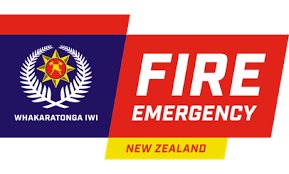


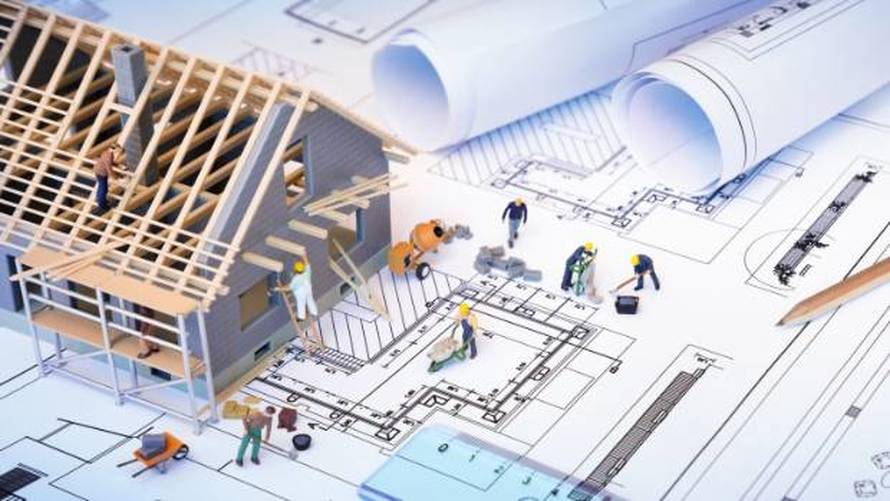



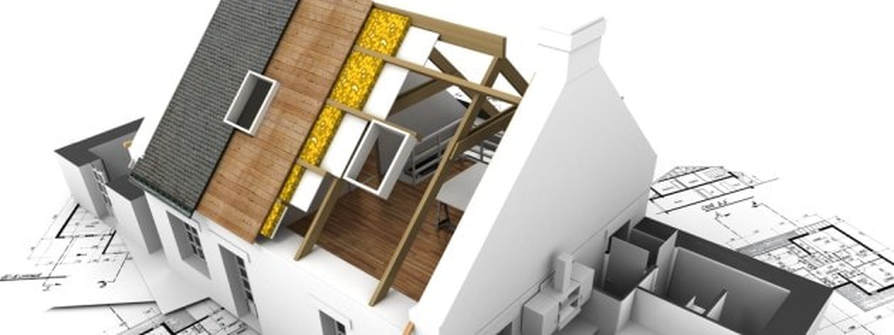
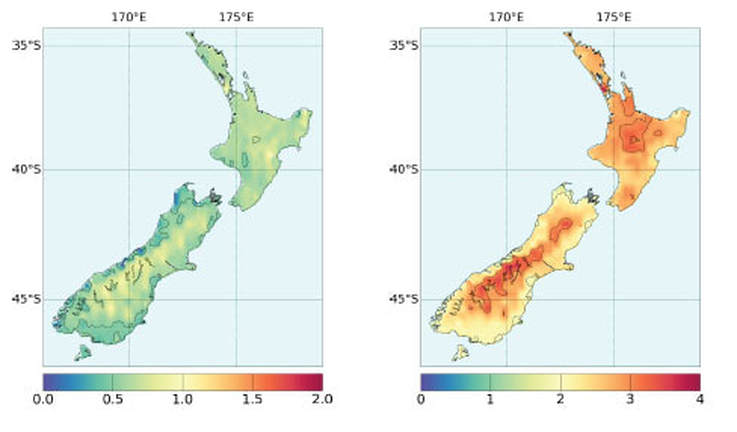
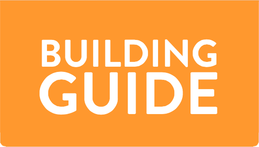






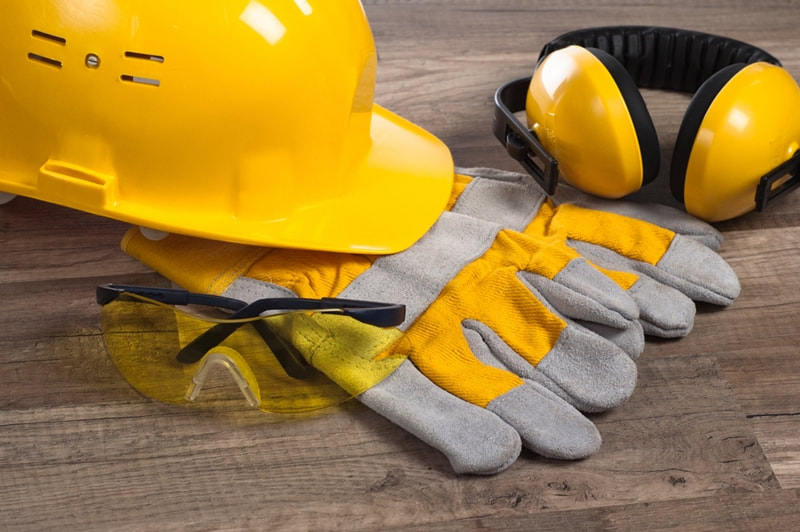

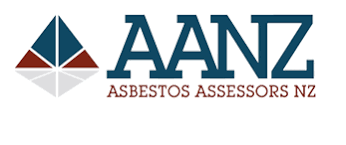


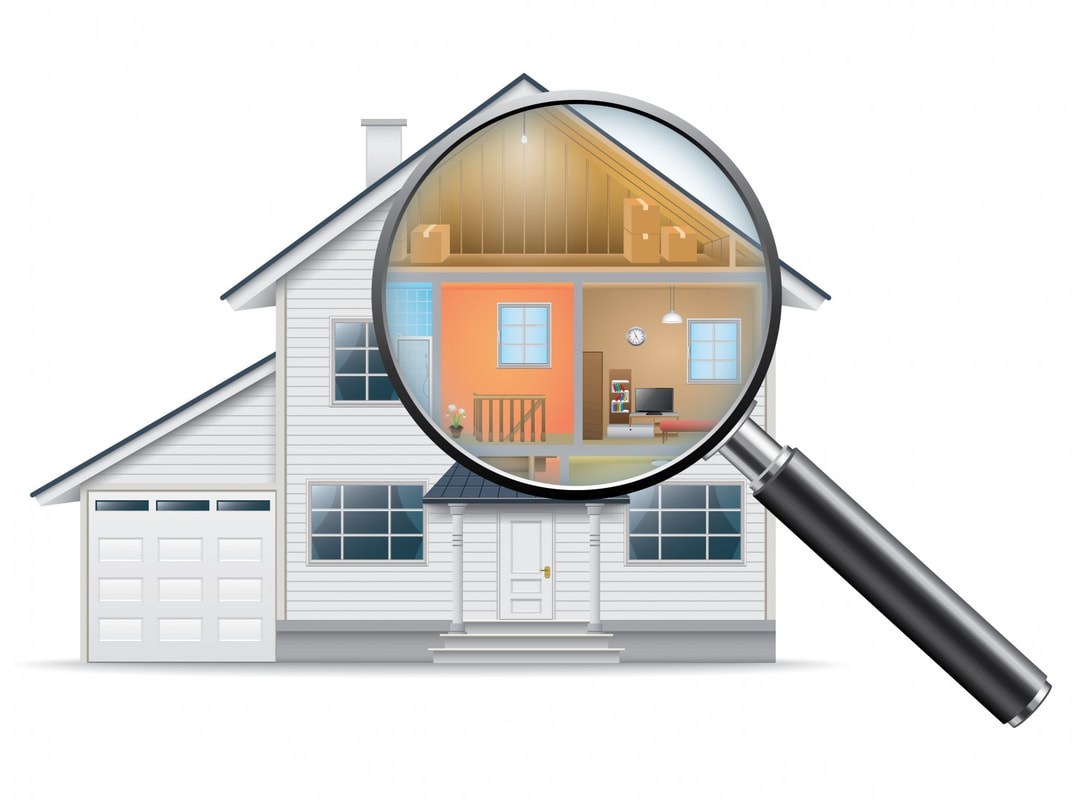

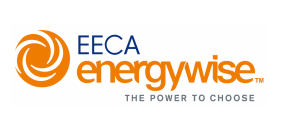

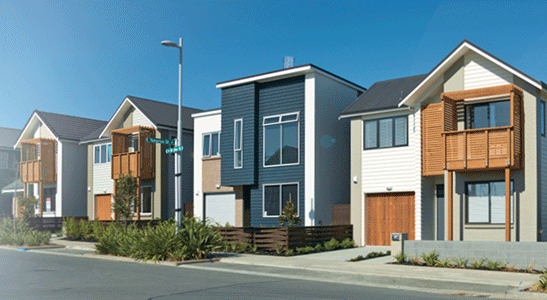
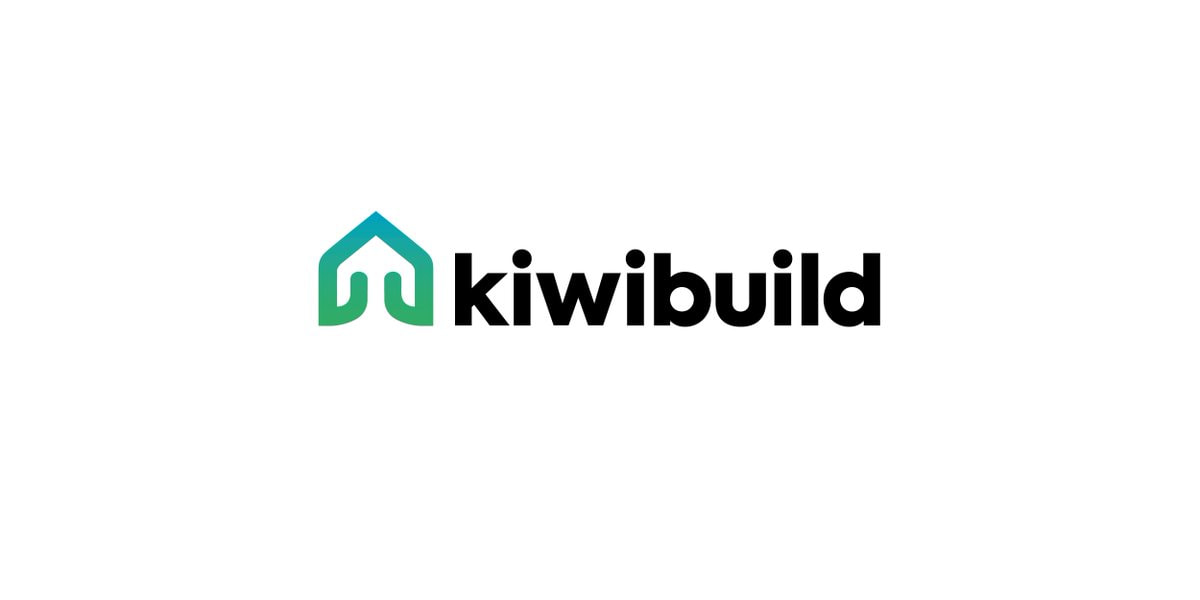
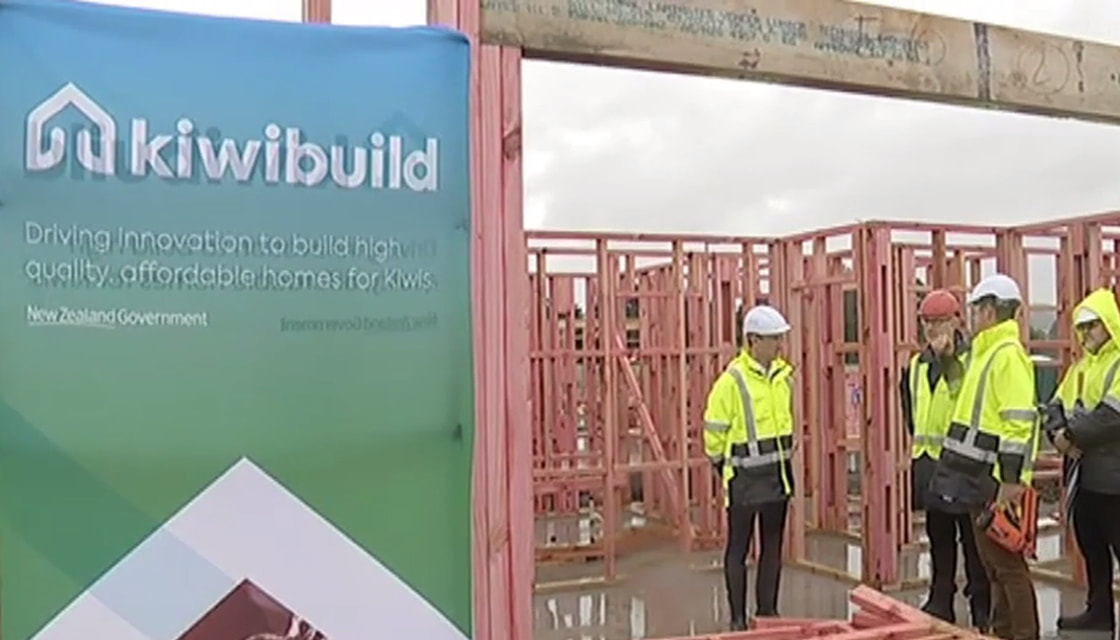




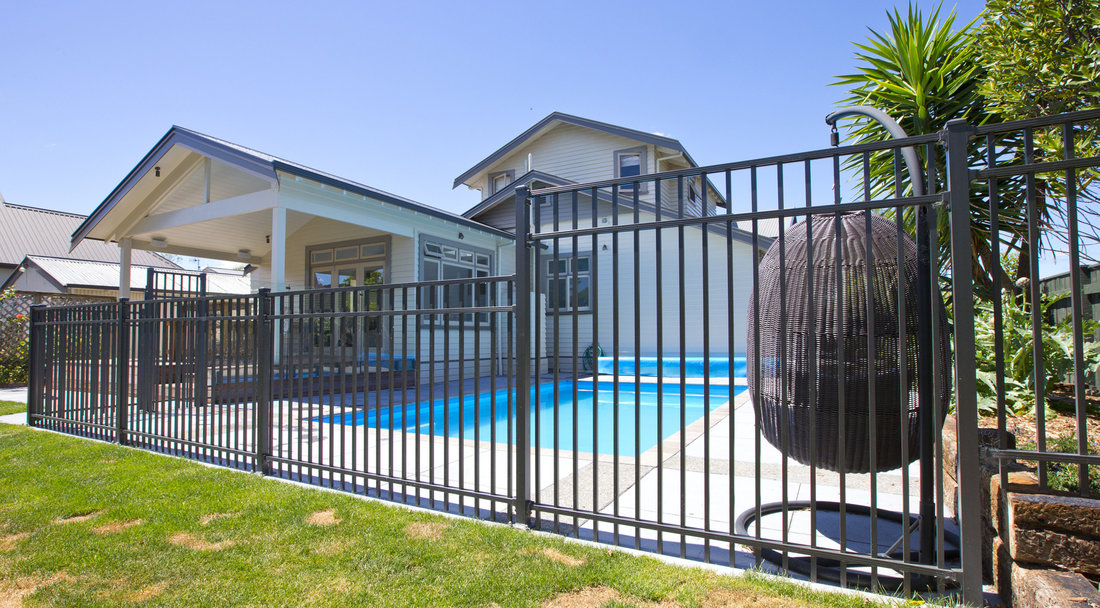


 RSS Feed
RSS Feed